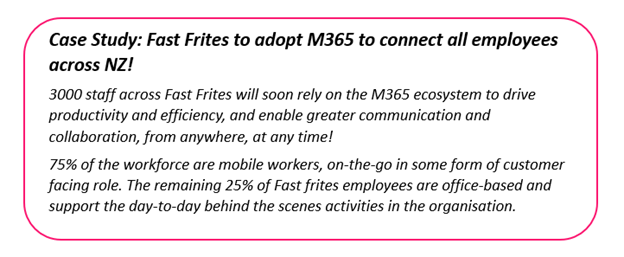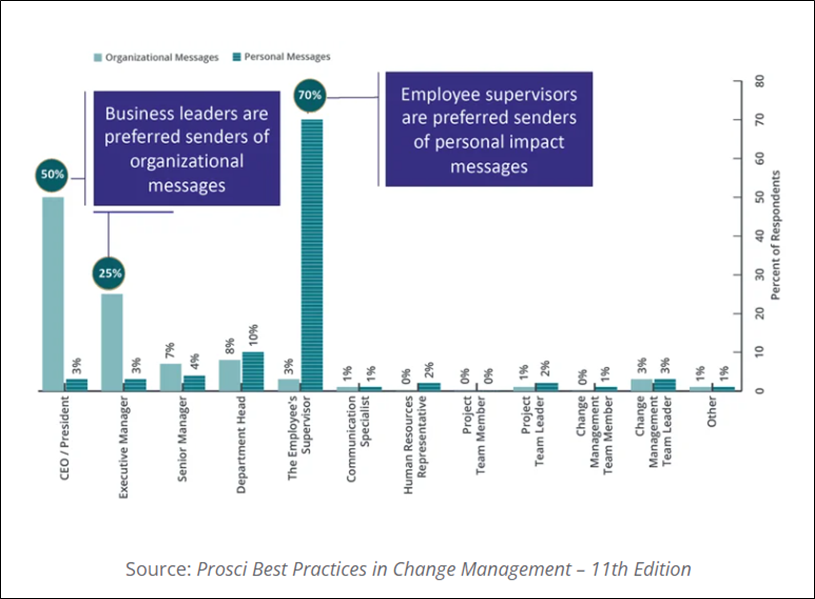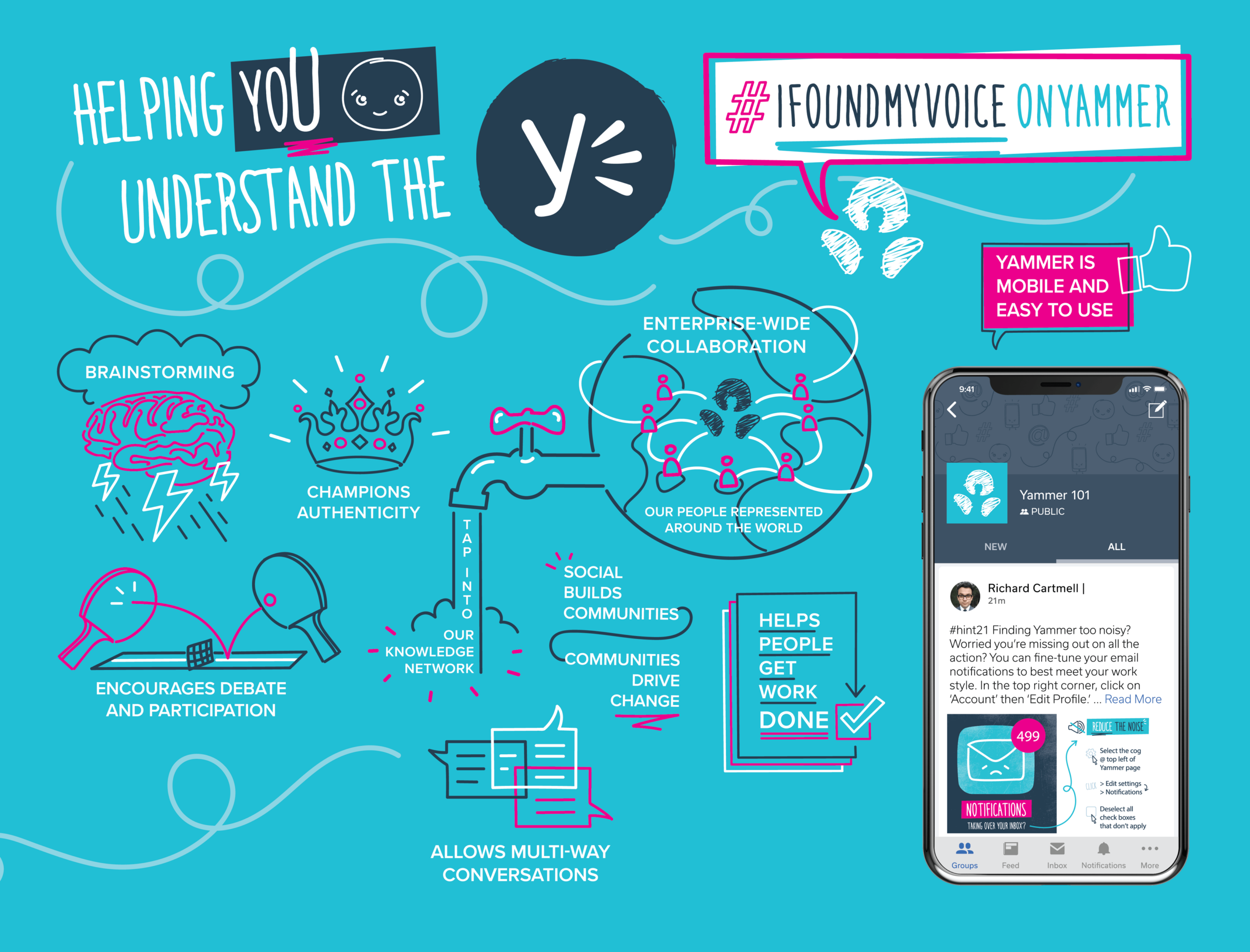
Published August 2023
At Engage Squared, we come back to the phrase time and time again that “people are at the heart of change”. A great elevator pitch, but what does this really look like in practice? Let us step you through our rationale and introduce you to the world of change strategies.
Your change strategy is your game plan. It is designed to guide an organisation through transformation and ensures everyone has everything they need whilst on the journey. Why is it important? Imagine driving somewhere new, without a GPS. Some may rely on their intuition, some will rely on the well-intentioned back-seat-drivers, or they simply just “wing it.” But, without sounding too cliché when we act without a plan, we plan to fail.
There are many elements that make up a change strategy, and it all comes down to your people.
Your employees are more than stakeholders, they are the beating heart of your business and a living extension of your organisation. They fly your flag, they rally together, and they can often influence how each other navigate a new world. So, we need to look at the differences of your people, to ensure we understand their varying needs to create a positive experience for all.
We need to get to know our impacted users to execute an effective change management strategy that considers all the positive and negative impacts of a change, after all, organisation wide change happens one person at a time (Hiatt & Creasey., 2003).
As change consultants, we’re often asked, “do I need a different change approach for FLW’s in my organisation?” The answer? Yes.
Designing your change strategy
Change strategies aren’t one-size-fits-all. Let’s look at this hypothetical scenario…

It’s easy to see why a one-size-fits-all change strategy wouldn’t work for this scenario. Let’s break it down.
There are clear distinctions in roles, responsibilities, and ways of working across this organisation
During a discovery or planning phase of an implementation project, we begin by identifying all impacted user groups. There are two defined impacted user groups in this scenario, but don’t be fooled – there will be more. The key thing to remember is that your employees will experience change and adapt to change differently, based on their role and responsibilities. An organisation cannot expect to see the same uptake from their FLW workforce as their office based team, if their needs to adapt to the change are different. Therefore, will optimal uptake and ROI be achieved if using a one-size-fits-all approach to change? How office-based employees use M365 to work more productively and efficiently will be different to how your FLW’s will use M365 to work more productively and efficiently. The benefits are there to be realised by all staff – but we have to make sure all have their own “GPS” for their journey that takes into account their needs!
To understand their needs, a great first step is to establish a User Working Group (UWG). This group should include people from across your organisation, comprising of FLW’s, and office-based staff, with varying roles and responsibilities and ways of working. But also consider having people who represent your enabling functions too! The idea is to be able to gather as many perspectives as possible and understand how the implementation of this suite of tools will differ across these users.
Desire for change is experienced differently across groups
What’s-in-it-for-me (WIIFM) messaging is a key driver for generating a desire for change. Objectively, it’s easy to identify the benefits of introducing new technology, like M365.
- “Easy to use!”
- “Accessible information at any time!”
While important, benefits are not interchangeable with desire. To successfully build desire for change across your organisation, regularly ask questions and seek feedback from your UWG. There is no better way to understand the impacts to a person other than asking them and providing the opportunity for two-way conversation. Not only does this strengthen ties, but employees feel valued, listened to and part of the solution!
Once you’ve crafted the WIIFM messaging in consultation with your UWG, you’ll need to consider how your different groups will engage with what you’re trying to say. Typically, you can expect office-based employees to regularly check emails or attend virtual meetings, frequent corridors and view news articles posted online. Whereas FLWs may not be tied to a PC, potentially only checking emails once or twice a shift – or even less frequently, jumping onto devices only when a need arises. Prosci states that employee supervisors are the preferred senders of personal impact messages (Ball, et al., 2020). Consider how you can engage your people leaders to drive change on the ground with FLW’s. How can they help get the messaging out to these individuals, in a way that aligns to the way they work?

Groups will engage with training differently
Office-based workers might attend a trainer led 30-minute Lunch ‘n’ Learn, to quickly get up to speed with their new tool or visit an in-person genius bar with their device to get in-the-moment training on a task. To have the same expectations of FLW to uptake of these training opportunities may be unrealistic. The approach to training needs to be people-centric, meaning that by design, training offered is timely, to the point, and tailored to a group.
Instead of a trainer led Lunch ‘n’ Learn for FLW’s, consider leveraging Team Leaders or Supervisors to provide hands-on coaching, which may align with existing on the job training experiences. Consider doing sessions at the start of FLW shifts, where they are returning to a depot, a staff room, or a car drop off depot.
Get comfortable with asynchronous content. Consider a witty communications campaign, and leverage print media with a QR code in visible spaces – think team lunchroom, changerooms, bathrooms etc. This is an easy way to link your audiences to your ‘Source of Truth’, whether that’s an intranet knowledge base with need-to-know information and quick videos, an ‘ask a question’ form – or both! Get creative and use your knowledge of the varying team working habits to engage.

Like what you see?
Technology is for everyone, but not everyone will benefit from the same features or functions. When working within the same technological ecosystem it’s important to understand how a change will be experienced across different role types and plan for those. If you’re not sure were to start, we can help you…
Change as a Service (CaaS) has been designed to offer the flexibility of change management activities, guided by our Change & Transformation team. This managed service allows you to truly tailor your change activities and switch tactics as you learn more about the people impacts and what works for them.
If you want to truly champion the phrase “people are at the heart of change”, that means putting people first.
About the author
Caiti is a certified change and adoption consultant at Engage Squared, with several years’ experience working in communications and change management in the tech space. Caiti is passionate about keeping people at the heart of technology change. When she isn’t sharing photos of her plants in the Plants of E2 Viva Engage community, she’s running long distances in Awabakal Country, and drinking strong coffee.
References
Ball, K. Creasey, T. Ganvik, K. Hazelton, E. Kempton, L. Stise, R. Garside, J & Emond, S. (2020). Best Practices in Change Management 11th Edition: Prosci Benchmarking Report 1863 Change Leaders Share Lessons and Best Practices in Change Management. Prosci.
Hiatt, J. & Creasey, T. (2003). Change management: The people side of change. Prosci
Hiatt, J. (2006). ADKAR: a model for change in business, government and our community. Prosci Learning Center.